A modern approach to coupled neutronic simulations
Jonathan Shimwell
To perform automated parametric multiphysics analysis of breeder blanket designs with an aim of optimising the design.
Objective
To perform automated parametric multiphysics analysis of breeder blanket designs with an aim of optimising the design.
Current procedure for obtaining volumetric heating
- Neutron and photon heating simulated and results passed to engineering codes
- Parametric neutronics models created from surfaces equations and boolean operations
- Structured mesh overlaid on to the geometry


Images provided by P. Pereslavtsev

Suggested procedure for obtaining volumetric heating
- Neutron and photon heating simulated and results passed to engineering codes
- Parametric CAD models created using Python scripts and automatically converted to neutronics models
- Unstructured mesh applied to the geometry

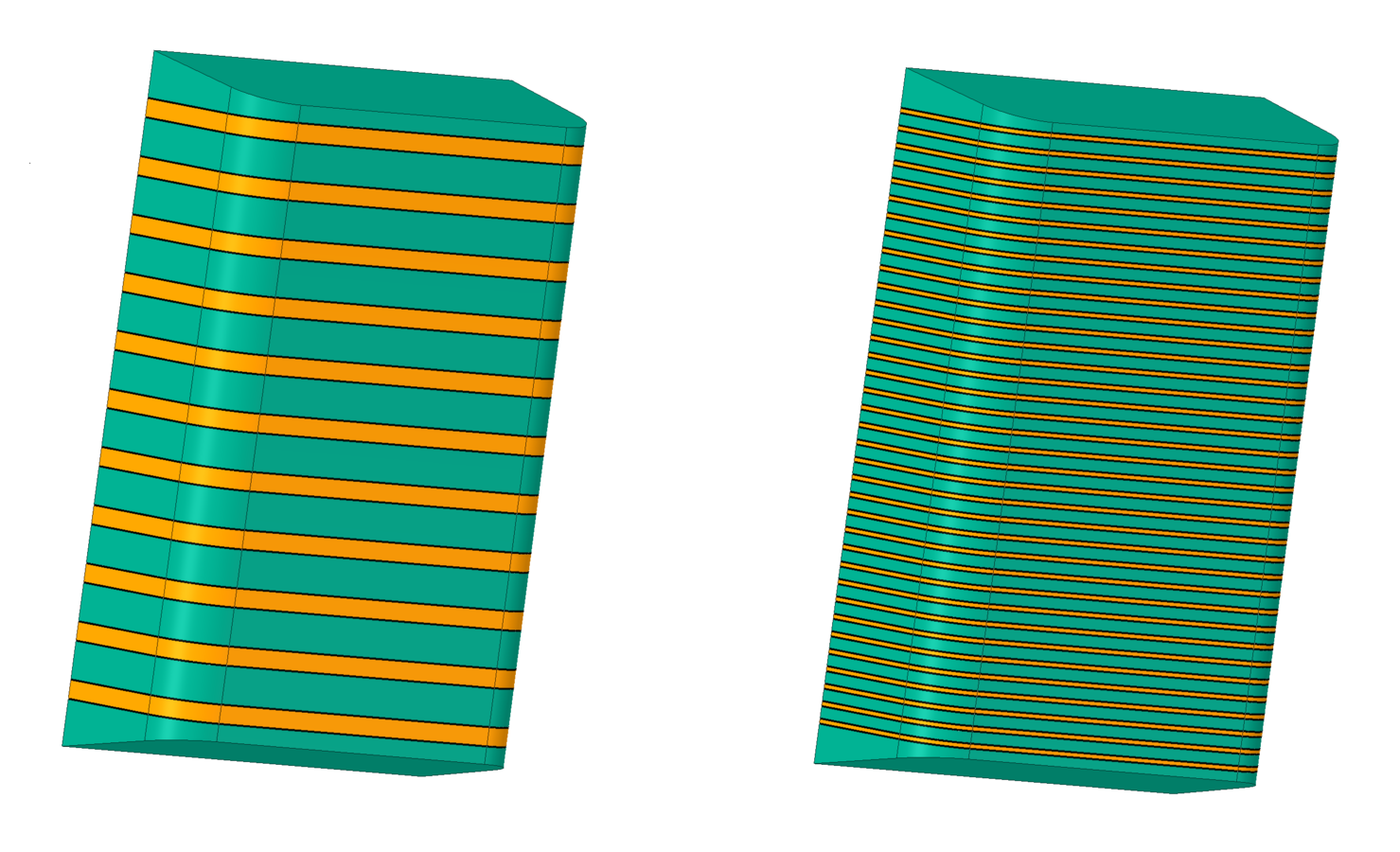

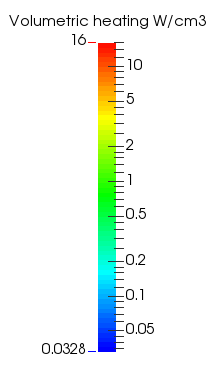
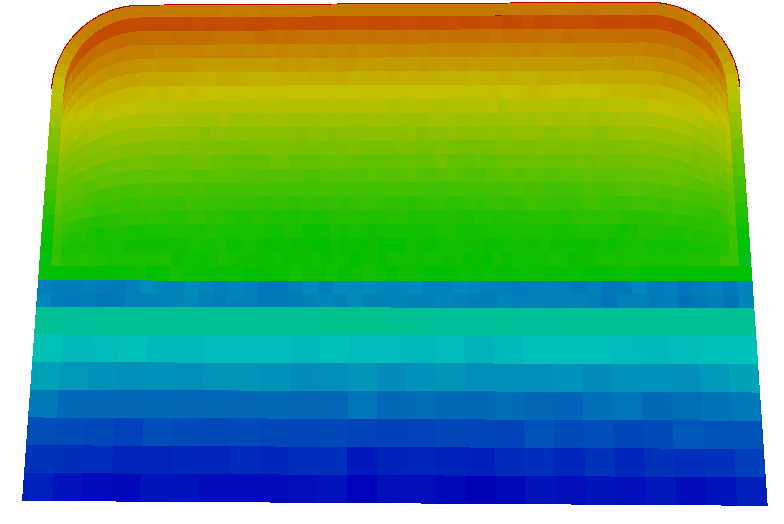
Benefits of this approach
- Heating results obtained for discrete materials
- CAD models generated can be used as a geometry for simulations in many disciplines
- Unstructured mesh requires less elements and memory
Images provided by B. Collings and J. Naish
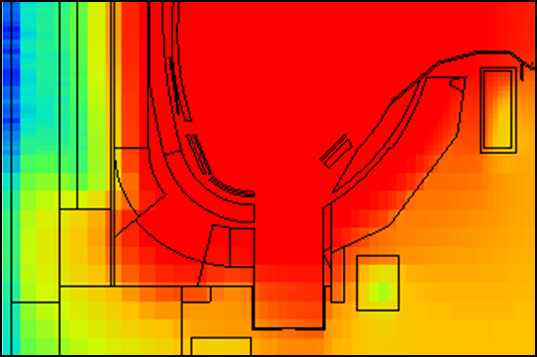
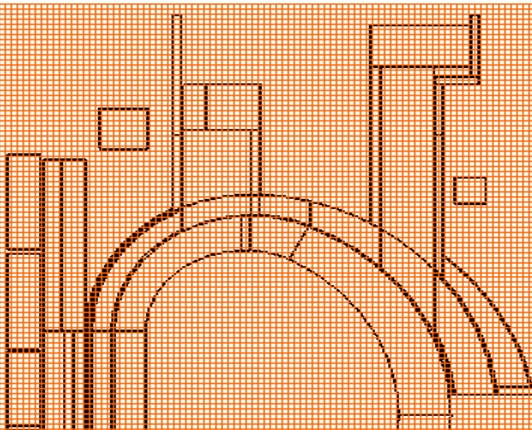
Method of reducing memory and element requirements for a structured mesh
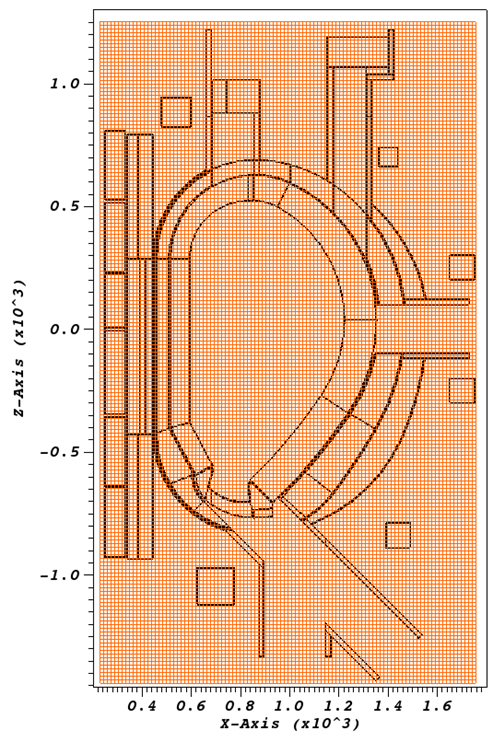
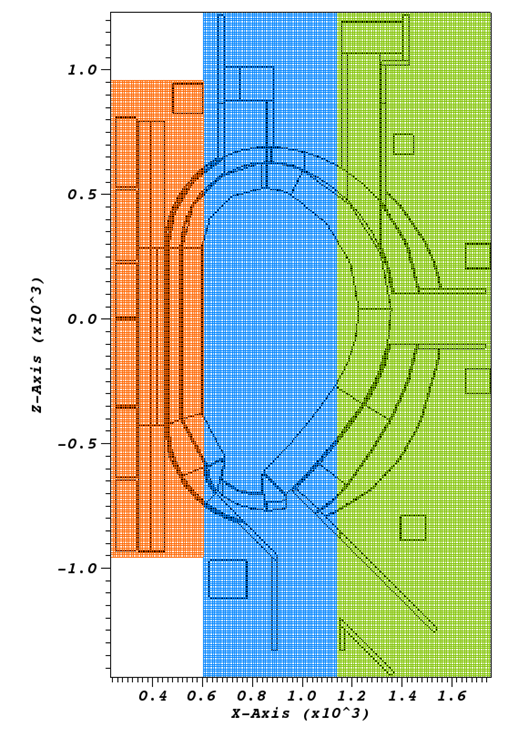
Images provided by B. Collings
Selection of design parameters
Parametric CAD construction
Neutronics simulation for TBR
Converstion to unstructured mesh
Neutronics simulation for volumetric heating
Converstion to engineering mesh
Simulations to find stress and temperature
Evaluate design
Converstion to CGS
Predict performance and uncertainty
Demonstration parameter study
- CAD geometry for 100 different versions of the HCPB breeder blanket were produced
- Parameters varied were lithium ceramic bed height and neutron multiplier bed height
Neutron multiplier
Cooling plates
Lithium ceramic
Demonstration parameter study
- Different geometric parameters avaiable
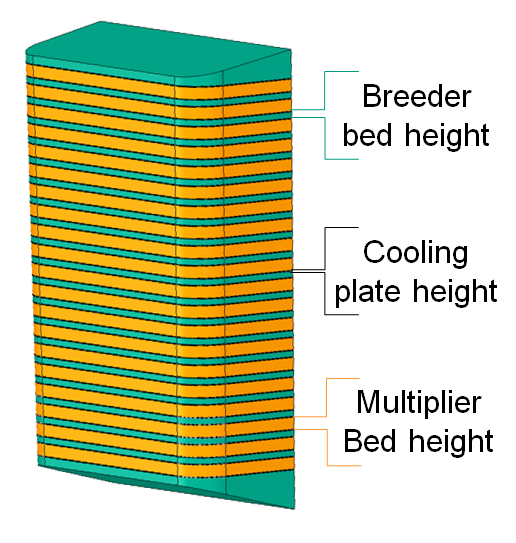
Demonstration parameter study

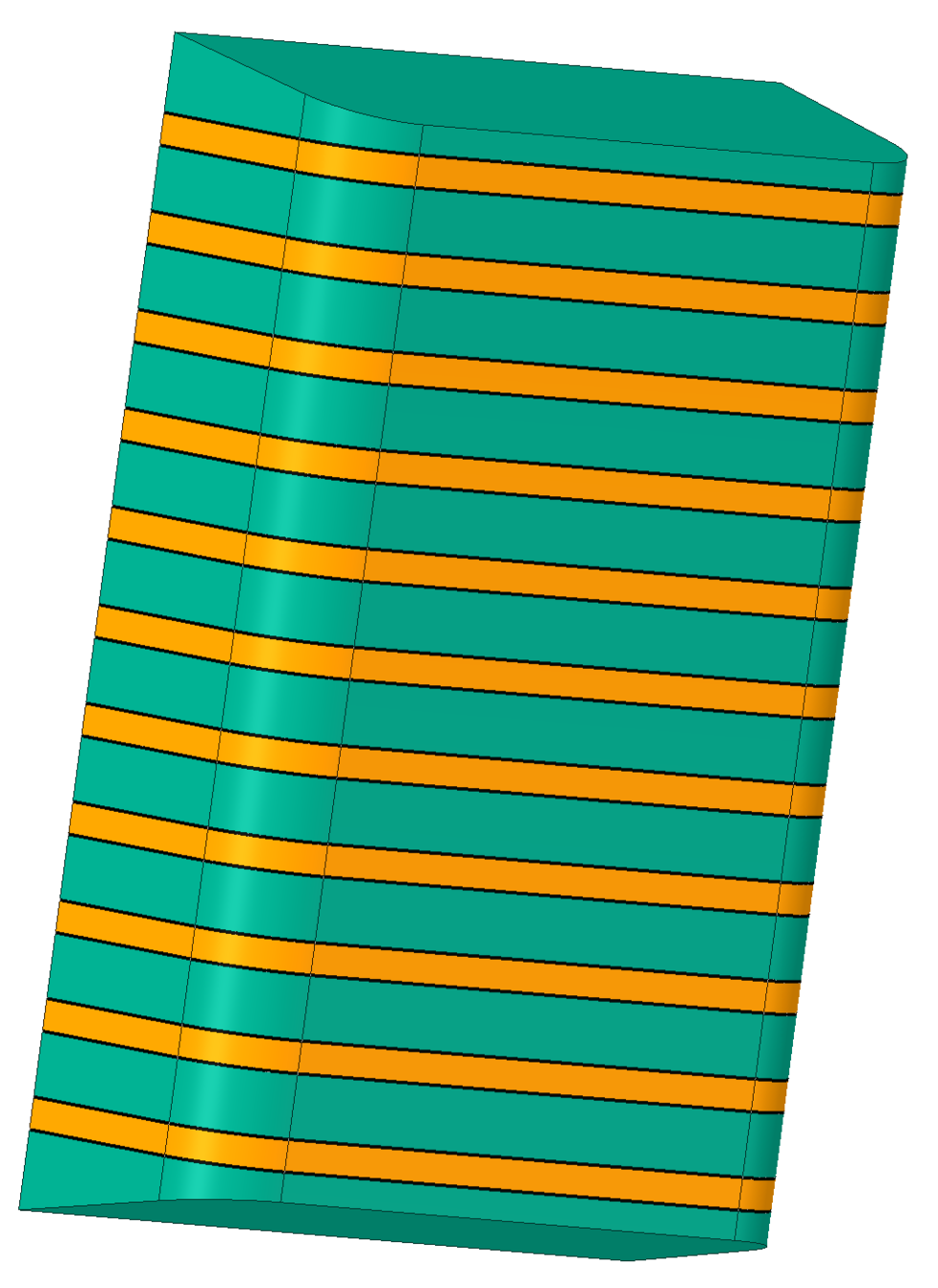
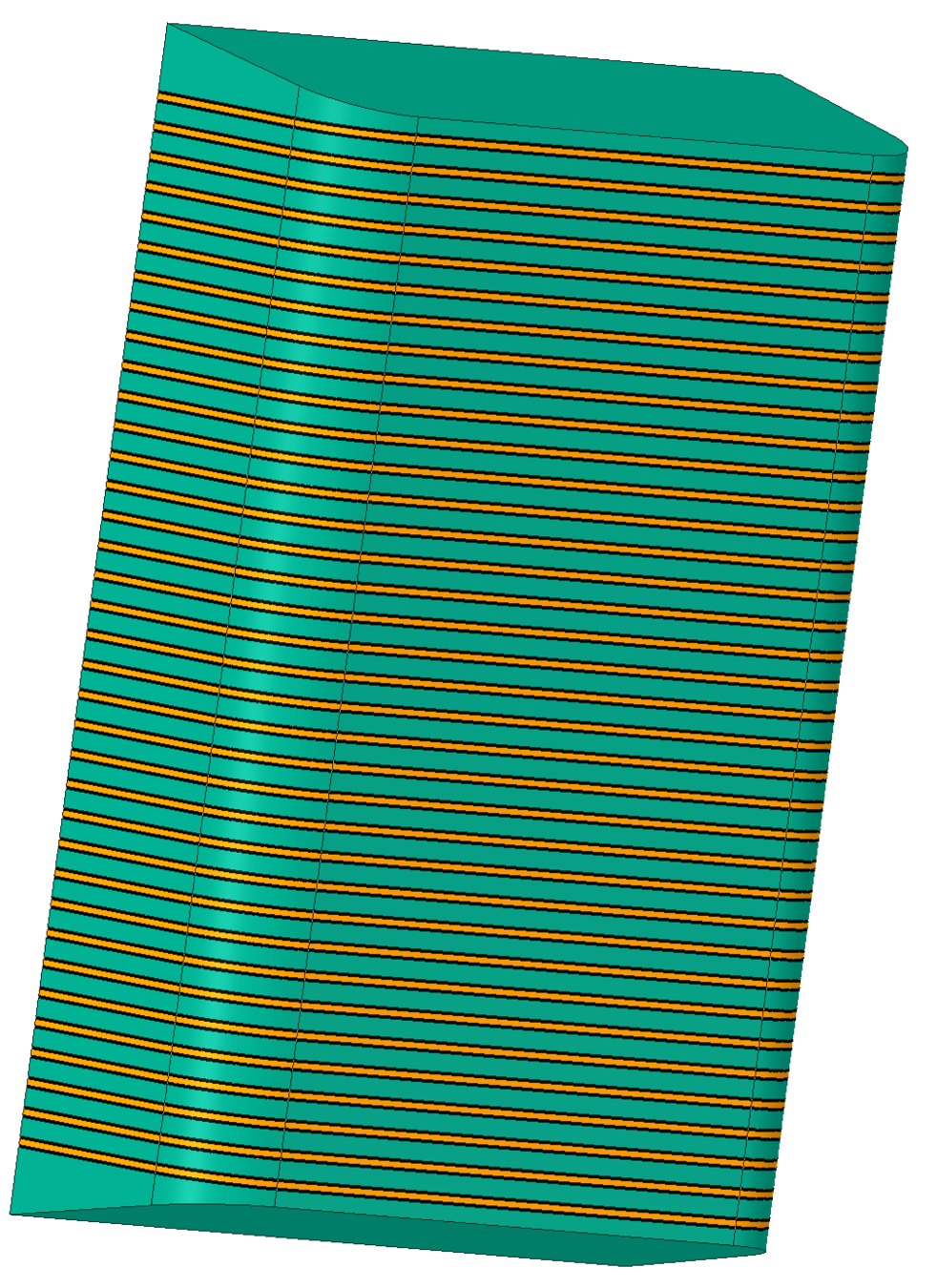
Demonstration parameter study
- Different neutron multipliers (Be12Ti, Be) and different 6Li enrichment of Li4SiO4
60%
70%
80%
90%
100%
Be
Be12Ti
6Li enrichment


Be
Be12Ti
TBR
Energy multiplication
Interpolation of results
Results for lithium ceramic Li4SiO4 with 90% 6Li and Be12Ti as the neutron multiplier
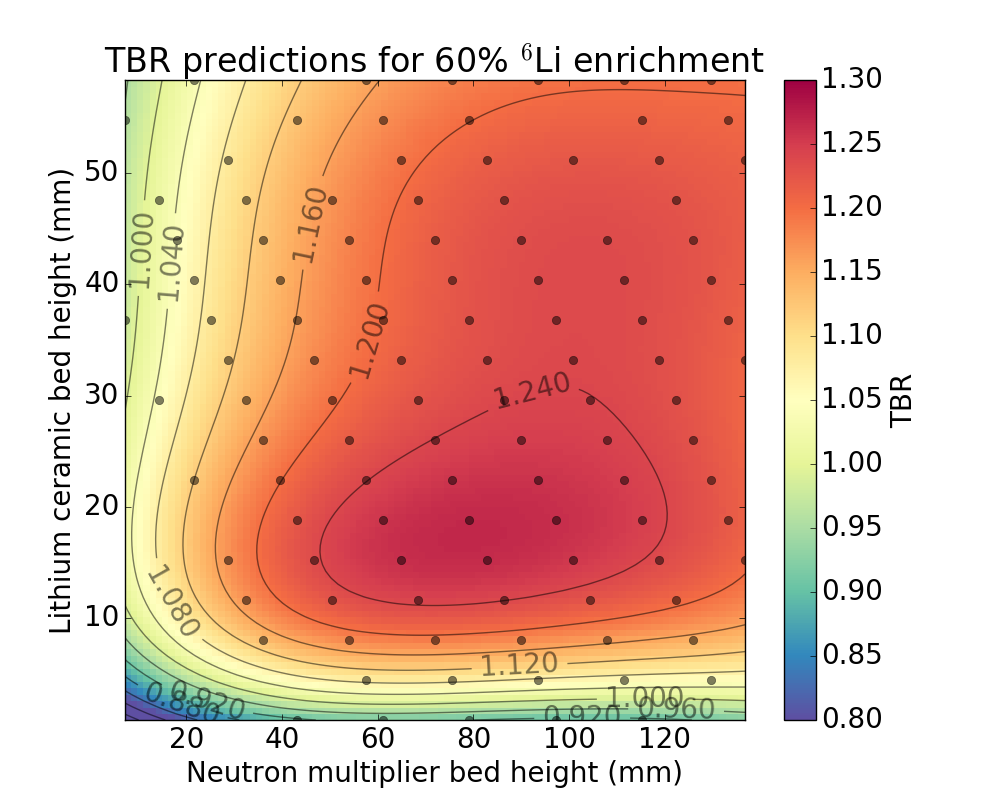
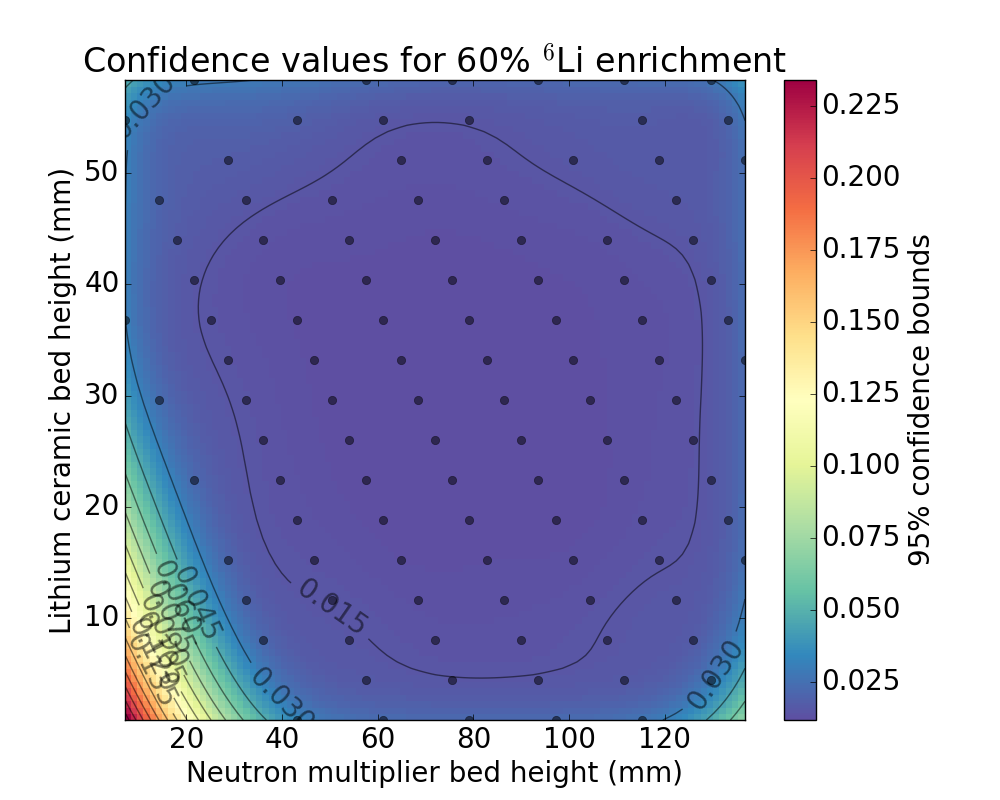
Interpolation of results
Gaussian processes were used to fit TBR and energy multiplication values obtained by MCNP simulation
Tritium production
Energy amplification
Software able to interpolate TBR values and confidence
curl -L jshimwell.com/predicttbr/80-Be-15-60
Visualization
Fully automated parametric model production, simulation and visualization of results.
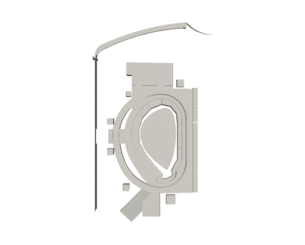
Meshing
Fully automated hex meshing of the geometry to abaques format for use with MCNP 6 unstructured mesh

Volumetric heating
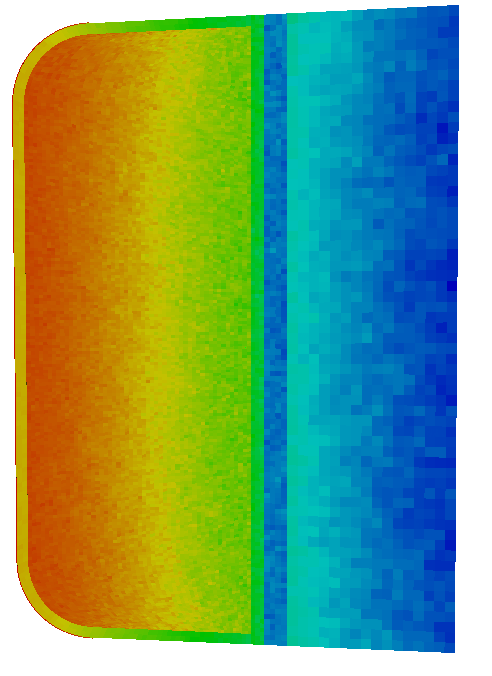
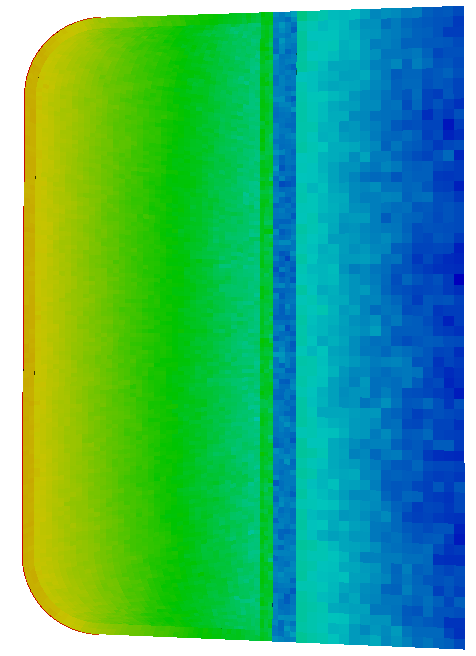
Li4SiO4
Be12Ti

| Component | Be12Ti | Be |
|---|---|---|
| Lithium ceramic | 15.9 | 17.2 |
| Eurofer first wall | 6.2 | 5.8 |
| Tungsten armour | 28.1 | 26.4 |
| Neutron multiplier | 4.8 | 5.0 |
Heating W/cm3
with 60% 6Li enrichment
Volumetric heating
Heating values obtained on unstructured mesh that conforms to material boundaries.

y

Additional details - cooling channels
y
Future simulations
y
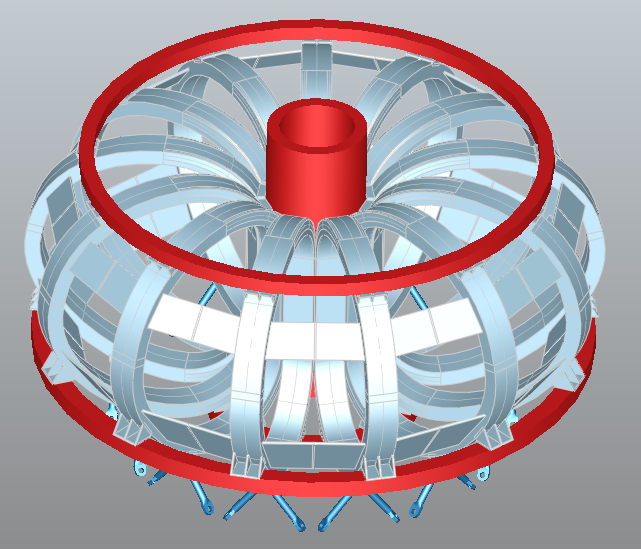
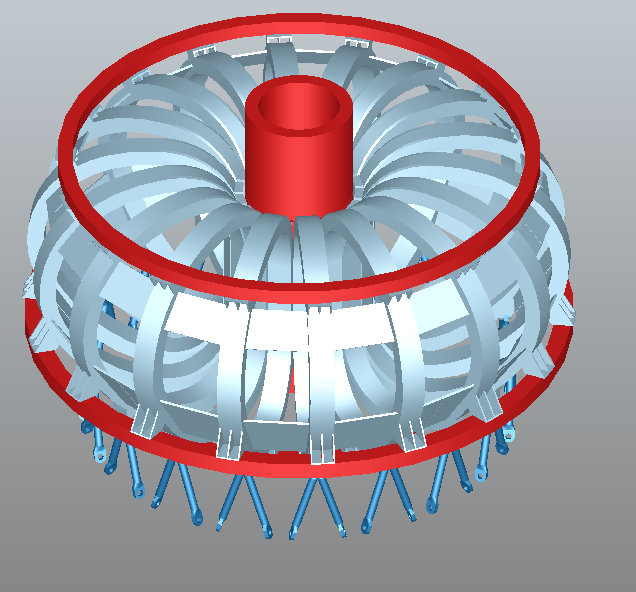
Parametric DEMO reactor
18 coils
- Magnetic equilibrium solved
- Plasma ripple kept below limit
- Model includes
- poloidal field coils
- toroidal field coils
- gravity supports
- intercoil connections
pythonOCC , Salome
16 coils
Isotope creation
Isotope creation
Conclusion
- Multi-parameter optimisation will be used to find blanket designs that merit future investigation.
- The approach to coupling neutronics inputs to engineering simulations has been overhauled
- Future work will include automated simulations to obtain stress and temperature of materials


L. Lu - McCad
Y. Qiu - Salome
P. Pereslavtsev - DEMO model
A. Haussler - unstructured mesh
F. Hernandez - HCPB model
C. Zeile - HCPB model
G. A Spagnuolo - Benchmarking
Acknowledgments
S. McIntosh - Gaussian process
T. Eade -unstructured mesh
T. Barrett - supervision
L. Packer - supervision






Volunteers needed
12.00 - 2.00 (lunch time)
Wednesday the 7th December
Current PhD students and posters need for the open day
Parametric CAD neutronics analysis
By Jonathan Shimwell
Parametric CAD neutronics analysis
CCFE student presentation 2016
- 1,188


